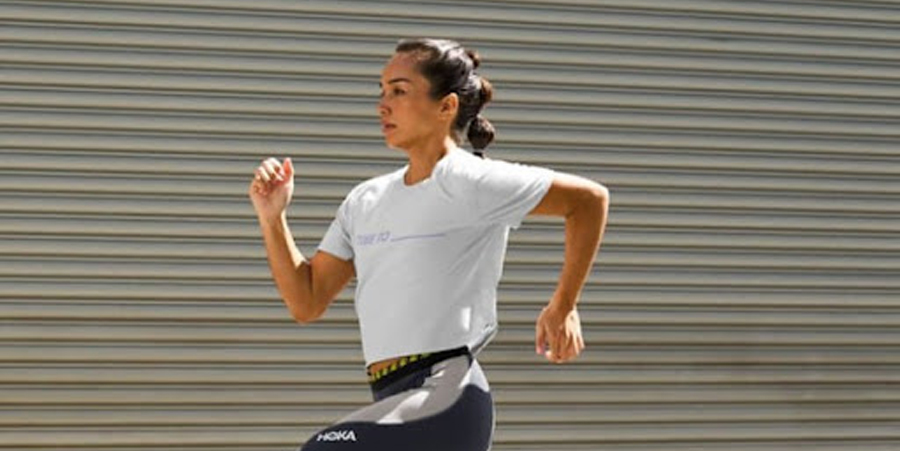Hoka, a premium shoemaker, has grown to over a billion dollars of annual sales; 11 years on from acquisition it provides 40% of parent company Decker’s revenues, with thinking around demand key.
Why it matters
Supply and demand are fundamental ideas that marketers, in an era of higher interest rates and tighter cost controls, could benefit from thinking about as a route to maintaining margins.
But it also offers a different model of growth useful to high-interest, high-research categories.
What’s going on
The Wall Street Journal highlights the success of the French-founded brand, which aside from its products’ considerable quality and reputation for comfort, keep calm and pursue the following:
- Look to the sports community – an idea that was crucial to the early phase of the brand under Decker, which also owns the Ugg and Teva brands.
- Explosive growth effectively requires appealing to a broad swath of the population; Hoka, meanwhile, focuses on runners and running shops while its brand-building communications work sought to familiarise the brand.
- Deploy a ‘selective’ distribution strategy to keep supply relatively low, or at least below demand to maintain a premium profile, according to analysts. Effectively, this meant avoiding the really big retailers at first.
- Following a spike in the popularity of running during the pandemic years, the brand aimed to avoid overstocking (and the inevitable brand-eroding discounts that follow when retailers need to clear out inventory).
Key quote
The key to success? “Knowing when to say yes, when to say no and when to say not yet” – Colin Ingram, VP of global product, Hoka, speaking to the WSJ.
___
This article first appeared in www.warc.com
Seeking to build and grow your brand using the force of consumer insight, strategic foresight, creative disruption and technology prowess? Talk to us at +971 50 6254340 or engage@groupisd.com or visit www.groupisd.com/story




